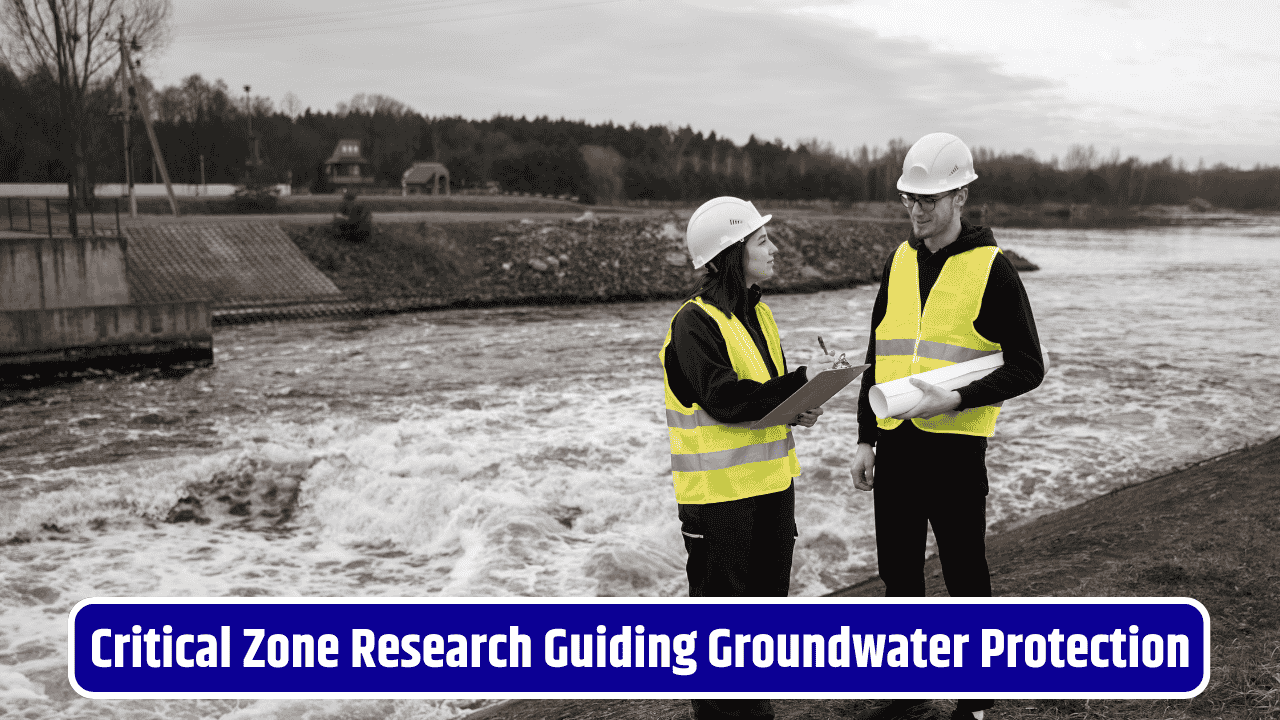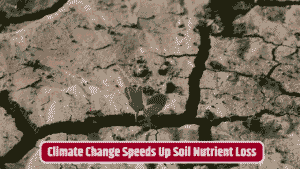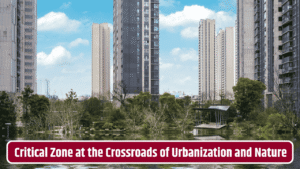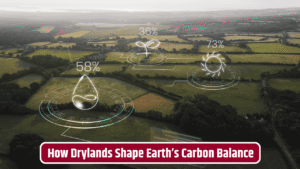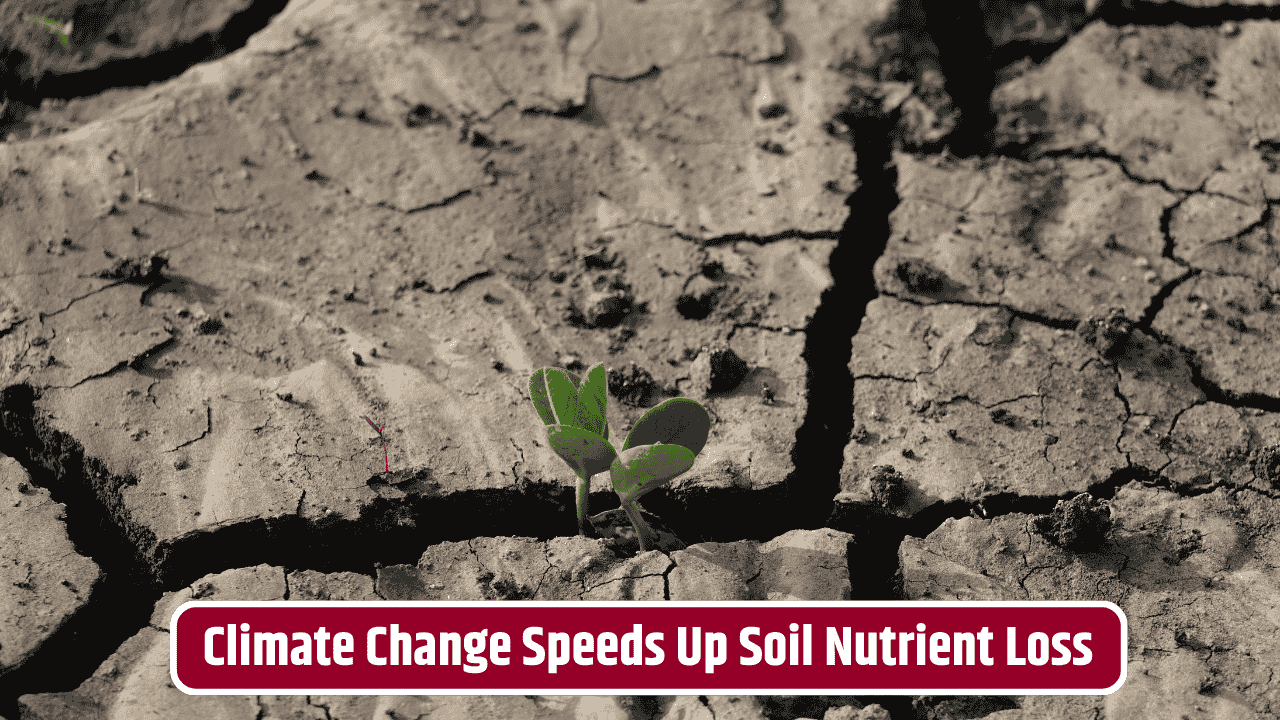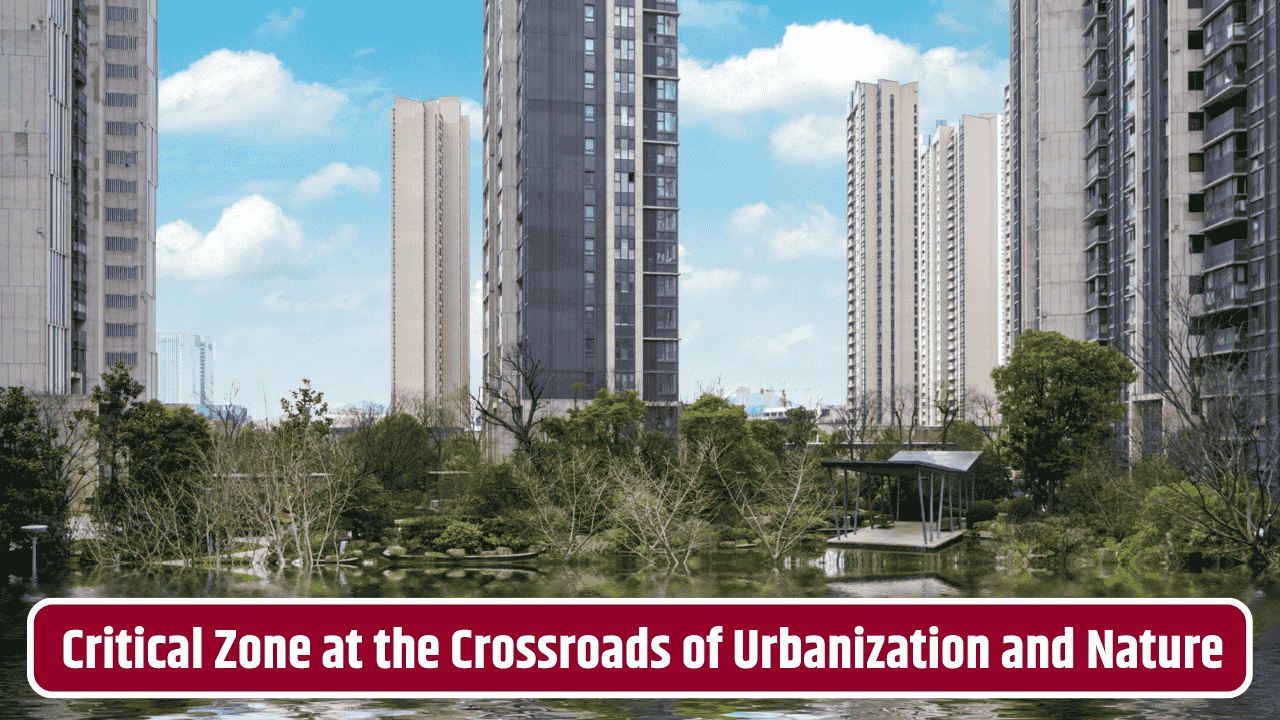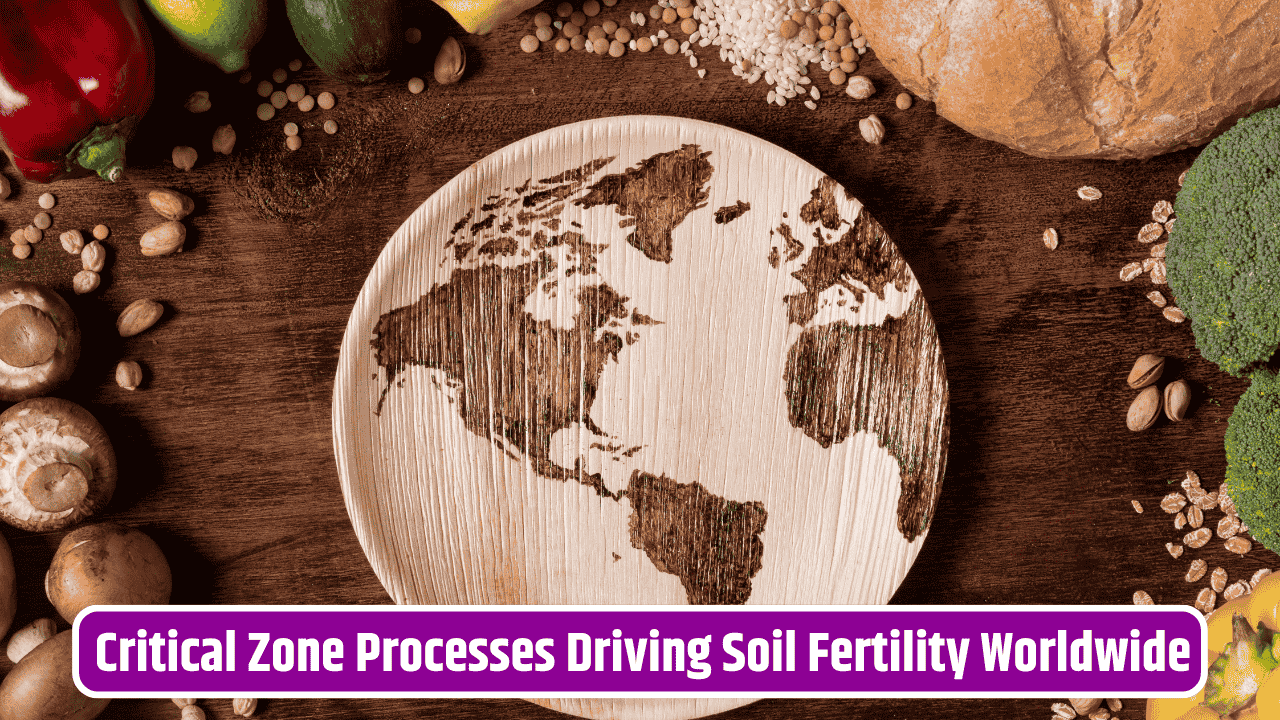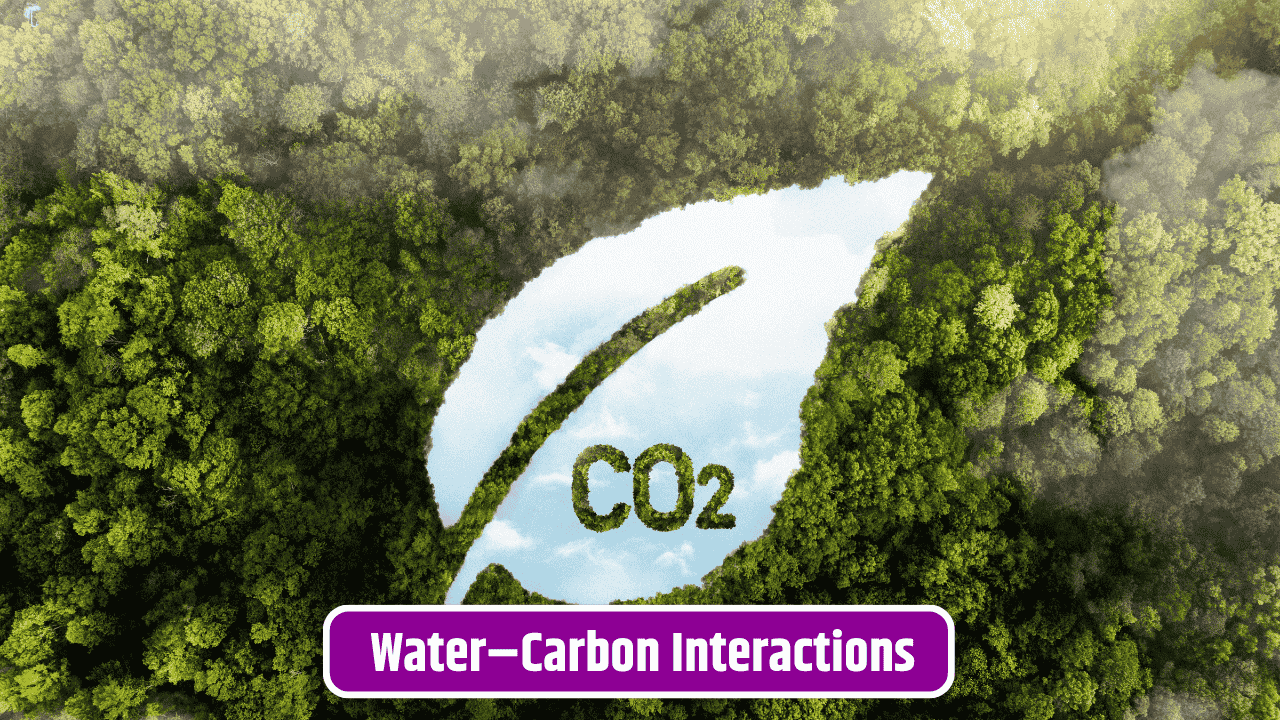If you’ve ever watched a river dry up in the middle of summer or read about cities fighting over water rights, you know just how fragile our relationship with water really is. What’s less obvious is the hidden network beneath our feet—the groundwater reservoirs that silently keep farms alive, cities running, and ecosystems thriving. The problem? These underground reserves are being drained faster than nature can refill them. That’s where the “Critical Zone”—a term scientists use to describe the thin skin of Earth from treetops to bedrock—steps in with some big lessons on how to manage and strengthen our groundwater systems.
Table of Contents
What Exactly Is the Critical Zone?
Think of the Critical Zone (CZ) as the Earth’s life-support system. It’s where air, water, rock, and living organisms interact. Rainwater trickles through soil, plants suck up nutrients, microbes work their magic, and deeper down, groundwater quietly builds up in aquifers. The National Science Foundation has been funding Critical Zone Observatories to study how this whole system works, especially how water moves through it.
Understanding the Critical Zone helps us see that groundwater isn’t just about the water itself—it’s about soil health, vegetation, geology, and even how land is used. When one part is out of balance (say, soil erosion or deforestation), the whole system feels it.
Lessons the Critical Zone Teaches Us
Groundwater management often focuses only on pumping and recharge rates. But the CZ perspective tells us that’s like looking at the tip of an iceberg. A few big takeaways stand out:
- Soil as a Water Bank: Healthy soils store and slowly release water. Over-plowing or urban paving wipes out that buffer. Investing in soil health means investing in water security.
- Vegetation Matters: Forests, wetlands, and grasslands act like sponges, slowing runoff and boosting infiltration. Replacing them with concrete? You’re basically turning off the recharge tap.
- Geology’s Hidden Role: Different rock layers store and transmit water differently. Mapping them properly helps us predict where aquifers can recharge quickly and where water lingers for centuries.
- Human Footprint: Agriculture, mining, and urban growth often disrupt the natural balance. Integrating land-use planning with groundwater policies is crucial.
Practical Ways to Build Stronger Groundwater Systems
It’s easy to nod along and say, “Sure, that makes sense.” But what does it look like on the ground? A few strategies inspired by CZ science are already making waves:
| Strategy | How It Works | Real-World Impact |
|---|---|---|
| Managed Aquifer Recharge (MAR) | Diverts excess rain or treated wastewater into aquifers | Cities in California use MAR to stabilize supplies during drought |
| Agroforestry | Mixes trees with crops to improve soil and water retention | Boosts groundwater recharge while improving farm yields |
| Green Infrastructure | Parks, wetlands, and permeable pavements that soak up rain | Reduces urban flooding and enhances local aquifers |
| Soil Regeneration Practices | Cover crops, no-till farming, organic amendments | Builds soil organic matter, increases infiltration |
| Integrated Water Policy | Aligns farming, city planning, and ecosystem needs | States like Arizona are experimenting with basin-wide management |
If governments and communities combine these approaches, we’d stop treating groundwater like a bottomless ATM and start managing it like a trust fund.
Policy and Community Role
Technology alone won’t save us. Water laws in many regions were written decades ago, long before climate change and population booms. Updating them to reflect Critical Zone insights is key. Agencies like the U.S. Geological Survey are already offering data tools, but communities also need a voice. Local water-sharing agreements, indigenous knowledge, and citizen science projects can bridge the gap between science and everyday life.
The Bigger Picture
Here’s the kicker: climate change is making groundwater both more precious and more vulnerable. Longer droughts mean heavier reliance on aquifers, but extreme storms often bring too much water too fast, with little chance for it to soak in. The Critical Zone framework reminds us to work with the system, not against it. If we build policies, farms, and cities that mimic natural water cycles, we’re not just securing water—we’re creating resilience for generations.
Fact Check
Some articles paint the Critical Zone as a brand-new discovery. That’s misleading. Scientists have been studying soil-water-ecosystem interactions for decades, but the “Critical Zone” concept, popularized in the early 2000s, simply connects these pieces under one framework. The NSF’s CZO program and USGS groundwater programs provide robust, peer-reviewed research confirming its importance in groundwater management.
FAQs
What is the Critical Zone in simple terms?
It’s the layer of Earth from the tops of trees down to the bottom of groundwater, where water, soil, rock, and life interact.
Why is groundwater under threat?
Over-pumping for agriculture, urban sprawl, pollution, and climate change all stress aquifers.
How does soil health affect groundwater?
Healthy soils absorb more rain, slow down runoff, and recharge aquifers more effectively.
What is Managed Aquifer Recharge (MAR)?
It’s a process where excess surface water or treated wastewater is deliberately directed underground to refill aquifers.
Can individuals help protect groundwater?
Yes—planting trees, reducing paved surfaces, supporting local water policies, and conserving water at home all contribute.

